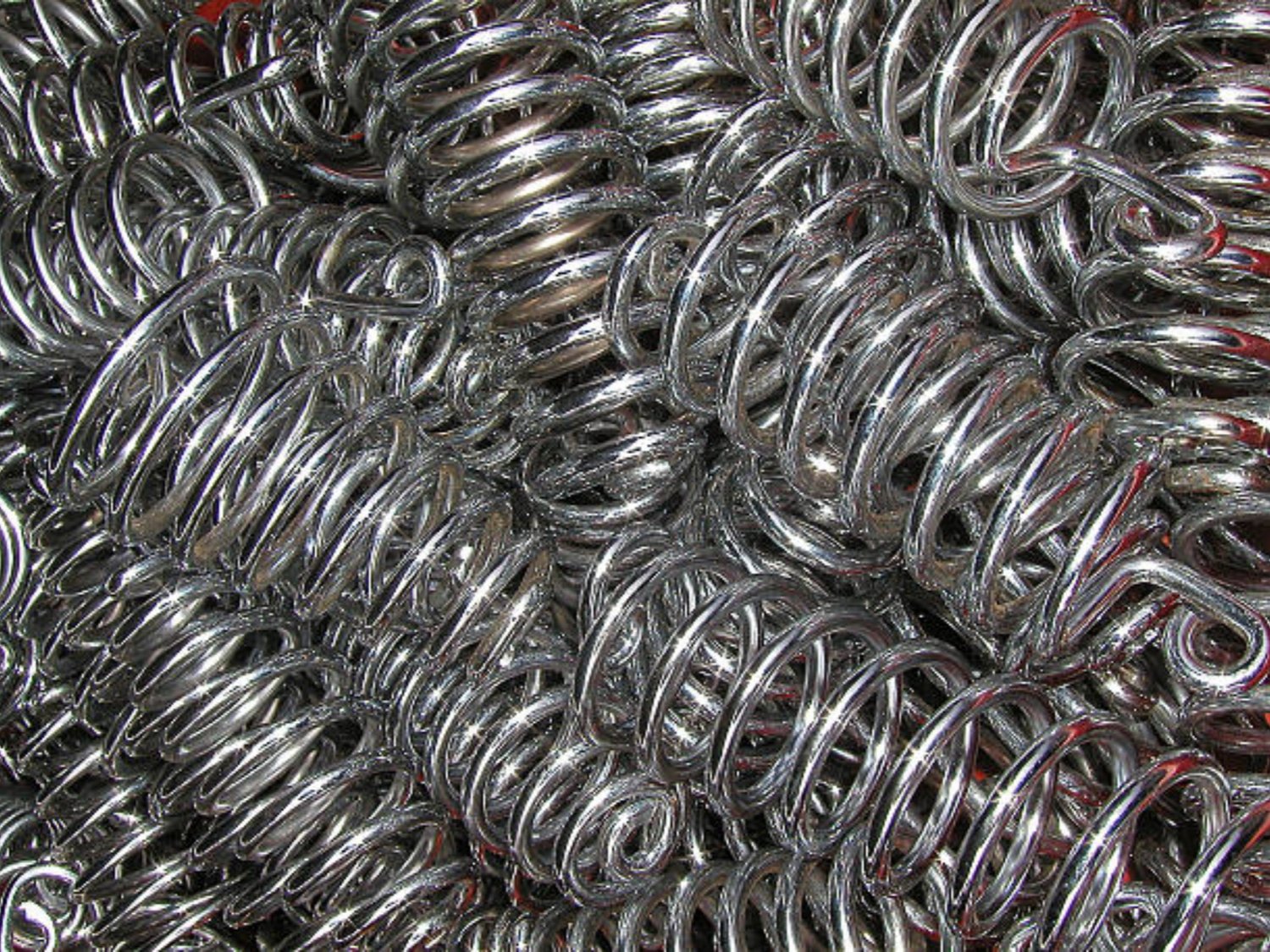Introduction
As a car owner, there are many things that you need to keep an eye on when it comes to the maintenance of your vehicle. One of these is the tensioner spring. This small but essential part of your car's engine plays a vital role in keeping the timing belt or chain tight and running smoothly. If your tensioner spring is bad, it can lead to serious engine problems and costly repairs. In this article, we will explore some of the key signs that your tensioner spring may be bad and what you can do to fix it.
What is a Tensioner Spring?
A tensioner spring is a small metal spring that is designed to keep the timing belt or chain tight on your car's engine. It is located in the engine block and uses tension to keep the belt or chain in place. The spring is made of a high-quality steel that is designed to withstand the harsh conditions of the engine compartment. Over time, however, the tensioner spring can wear out, become weak, or even break. When this happens, it can cause serious problems for your engine.
Signs That Your Tensioner Spring Is Bad
There are several signs that your tensioner spring may be bad. Some of the most common signs include:
- Squealing or chirping noises coming from the engine: This is a sign that your timing belt or chain is loose and may need to be adjusted.
- Engine vibration: If your engine seems to vibrate more than usual, it could be a sign that your timing belt or chain is loose or damaged, which can be caused by a bad tensioner spring.
- Difficulty starting the engine: A worn-out tensioner spring can cause the engine to turn over slowly, making it difficult to start.
- Engine misfires: If the timing belt or chain is not in sync with the engine, it can cause the engine to misfire, which can damage the engine over time.
What Can You Do if Your Tensioner Spring is Bad?
If you suspect that your tensioner spring is bad, it is important to have it replaced as soon as possible. In some cases, simply adjusting the timing belt or chain may be enough to correct the problem. However, if the tensioner spring is damaged or broken, it will need to be replaced. It is best to have a professional mechanic take a look at your engine to determine the extent of the damage and recommend the best course of action.
How to Prevent Tensioner Spring Problems
The best way to prevent tensioner spring problems is to keep up with your car's maintenance schedule. Regular oil changes and tune-ups can help to keep your engine running smoothly and prevent wear and tear on your tensioner spring. It is also important to have your timing belt or chain checked periodically to ensure that it is tight and in good condition.
Conclusion
Your car's tensioner spring is a small but essential part of your engine. If it is not functioning properly, it can cause serious damage to your engine and lead to costly repairs. By keeping an eye out for the signs of a bad tensioner spring and having it replaced promptly if necessary, you can help to keep your car running smoothly and avoid the headaches of engine trouble.

